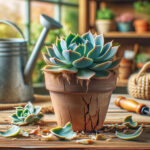Introduction to Echeveria Agavoides
Dive into the world of Echeveria agavoides, discovering its origin, distinct characteristics, and why it’s a favorite among succulent enthusiasts. Named for its resemblance to the Agave family, this rosette-forming plant brings a touch of architectural flare and easy-care delight to any succulent collection.
Imagine walking through a rocky terrain, your gaze landing on the exquisite, compact form of Echeveria agavoides. With its thick, pointed leaves, boasting vivid shades of green and often lined with a hint of crimson, it’s not hard to see why this plant captures hearts. A native of rocky areas in Mexico, this succulent has adapted to thrive in environments that others might find challenging.
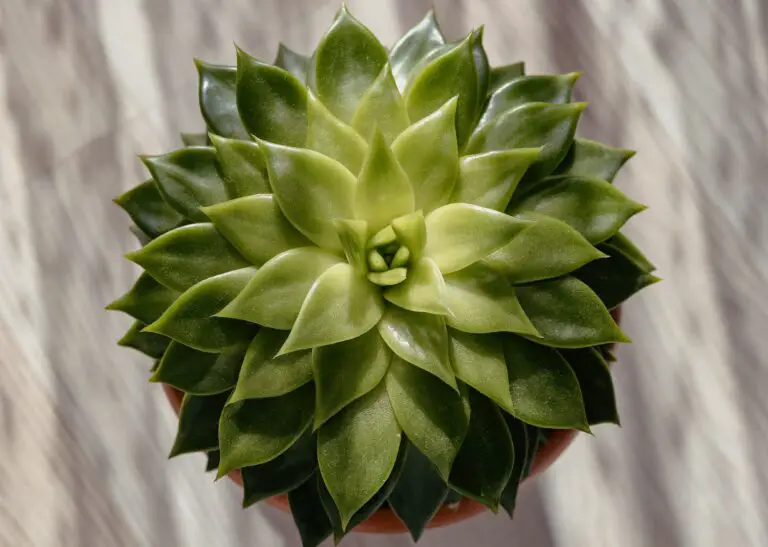
Echeveria agavoides isn’t just admired for its stunning appearance; it’s also celebrated for its resilience and adaptability. Whether nesting in a well-draining succulent mix or perched on a bright windowsill, this succulent knows how to make an impression without demanding much in return. Its drought-tolerant nature makes it a coveted piece for xeriscapes and low-water gardens, reflecting a perfect balance of beauty and sustainability.
For those branching out into the world of succulents, incorporating Echeveria agavoides into your home is like owning a piece of arid paradise. This sculptural beauty, nestled among other succulents, becomes a living art display, teaching the valuable lesson of thriving under the sun’s caress and the importance of minimalistic care.
Understanding Succulent Propagation
Delving into the world of succulents, one can’t help but marvel at the resilience and versatility of these plants, especially when it comes to propagation. Echeveria agavoides, with its striking rosettes and jewel-tone colors, is no exception. Let’s embark on a journey to unwrap the secrets behind the thriving world of succulent propagation, revealing why Echeveria agavoides, in particular, is a dream come true for enthusiasts.
The Lowdown on Succulent Propagation Methods
Much like a magician pulling rabbits out of a hat, succulents possess the uncanny ability to produce new life from leaves, stem cuttings, offsets, and even seeds. While Echeveria agavoides can charm its way into new growth from various propagation techniques, it’s the leaf propagation method that astounds with its simplicity and effectiveness. Picture this: A single leaf, inadvertently knocked off, lies atop the soil. In seemingly no time, tiny roots stretch out, reaching into the soil, with a miniature rosette budding from its base—a true game-changer in plant reproduction.
Propagation through stem cuttings is another crowd-pleaser, especially for mature plants that have grown leggy. A clean cut, a period of callousing, and before you know it, you’re planting a new Echeveria agavoides, full of youthful bravado. Then there are the offsets, affectionately known as ‘pups’, that huddle around the mother plant, ready to strike out on their own with just a little nudge.
Why Propagation Works Wonders for Echeveria Agavoides
The success behind these propagation techniques lies in the unique survival strategies that succulents, like Echeveria agavoides, have developed over millennia. These plants are not just survivors; they’re adaptability incarnate. In their native habitats, where resources are scarce, every fallen leaf or severed limb is a potential new beginning. It’s this innate survival mechanism that makes propagation such an effective means of reproduction for these succulent treasures.
Imagine the wonder of watching a new Echeveria agavoides emerge from seemingly nowhere. It’s this thrill of creation that makes understanding and participating in the propagation process so rewarding. Moreover, it’s a testament to the resilience and adaptability of these succulent wonders, reminding us of nature’s miraculous ability to regenerate and thrive against the odds.
Leaf Cuttings: A Step-by-Step Guide
Embarking on the journey of propagating Echeveria agavoides through leaf cuttings is like uncovering the secrets to infinite succulent growth. Imagine yourself as a gardener with a magical green thumb, where each leaf has the potential to become a thriving, self-sustaining plant. Let’s dive into this marvellous world of propagation!
To start, you want to select healthy, plump leaves from your Echeveria agavoides. Picture choosing an apple at the supermarket; you wouldn’t pick the bruised one, right? So, gently twist a leaf from the stem, ensuring it’s a clean pull without any tears. This attention to detail makes all the difference!
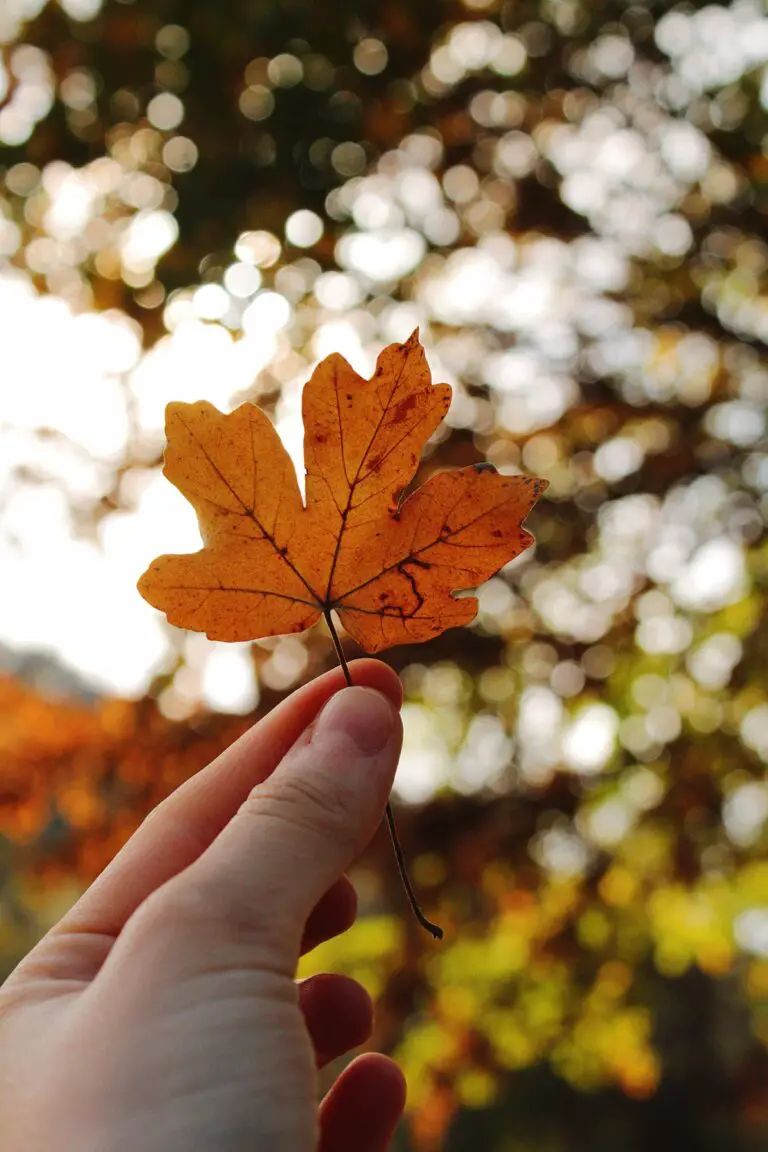
Once you have your selected leaves, lay them flat on a dry surface for a few days. You’re allowing the callous formation, akin to letting a wound dry and heal. This little rest period is crucial to avoid any unwanted mold or rot when your leaves begin their new life.
Next up, it’s time for the big move. Transfer your leaves to a bed of well-draining soil. Think Mediterranean getaway—Echeveria agavoides enjoys similar dry, airy conditions. If you’re looking for the perfect soil composition or additional care information for your succulents, Garden Sigma offers a comprehensive guide to ensure your leaf cuttings flourish.
Patience is your ally in this growth phase. Keep the soil slightly moist (imagine a light dew on leaves, not a downpour) and make sure they receive plenty of indirect sunlight. Soon, you’ll notice tiny roots peeking out, a thrilling sight for any gardening enthusiast!
Remember, each Echeveria agavoides has its character and pace. Some may sprout roots or rosettes faster than others, and that’s okay. Your leaf may take a few weeks to show signs of life, but when it does, it’s a rewarding experience that exemplifies the resilience and beauty of succulents. Enjoy the process and watch as your leaf cuttings transform into vibrant, full-grown Echeveria agavoides plants!
Offsets: Propagating via Pups
Unlocking the world of Echeveria agavoides can be as rewarding as it is enchanting—particularly when it comes to the propagation of these vibrant charmers. One method stands out for its simplicity and effectiveness: propagating through offsets, also known as pups. It’s like finding a pot of succulent treasure beneath your very own mother plant!
Imagine yourself as a succulent sleuth, on the hunt for tiny, robust pups peeking out from under the foliage of a mature Echeveria agavoides. These pups are your ticket to expanding your collection, and with careful observation, you can pinpoint the perfect moment to encourage a new life. The process is simple: gently separate the offsets from the main plant, taking care to preserve as many roots as possible.
Once liberated, it’s crucial to provide a nurturing environment for these offsets to thrive. Think of it as a mini nursery where the tiny agavoides can soak in the sun, enjoy well-draining soil, and gradually grow into independent specimens. Real-life examples abound where cherished collections began with a single pup, transforming over time into a lush, green haven. Now, your own echeveria offspring can become the next success story!
Don’t just take our word for it. See for yourself how straightforward and enjoyable the process can be with this step-by-step Echeveria agavoides propagation video:
As you foster these pups, you’re not just propagating plants; you’re cultivating a living story, with each rosette narrating its own journey of growth and resilience. Embrace the process and watch as your once tiny pups become thriving contributors to your ever-growing succulent landscape.
Seed Propagation: Patience and Precision
Imagine a tiny, embryonic plant, snugly encased within a seed, just waiting for the right conditions to burst forth into life. That’s the potential packed within each Echeveria agavoides seed, and tapping into that potential requires equal parts patience and precision. Propagating these succulent beauties from seeds isn’t about instant gratification. It’s a rewarding exercise in foresight and finesse, resulting in a lush payoff that’s well worth the wait.
Let’s kick things off by talking soil – it’s not just any old dirt that will do. You need a light, breathable mixture, something that drains well yet keeps the nascent seedling snug as a bug. Think cactus potting mix with a sprinkle of gritty sand and perlite. Picture a blend so divine, seeds will think they’ve landed in succulent heaven. Don’t forget sterilization to ward off the microbial boogeymen that just love young plants.
With your pot of gold ready, it’s time to sow with care. Scatter the seeds like precious gems atop the soil and resist the urge to bury them – a little contact is all they need. A fine mist marries them to the soil, creating a bond that will nurture them through their infancy. Now patience takes center stage as you embark on a horticultural vigil, maintaining a delicate balance of moisture, warmth, and light.
Real talk – not all seeds will make the cut, but those that do will embark on a miraculous transformation. Seedlings poke through, unfolding their tiny fleshy leaves with a subtlety that would make a poet weep. At this stage, guarded care is critical. Too much water is the kiss of death, while too little and the seedlings, those green prodigies, will falter and fade.
As weeks morph into months, your green thumb pays off. Those seedlings, once as vulnerable as a dream, now stand as a verdant testimony to the art of propagation. They embody the true grit and grace of Echeveria agavoides cultivation, with each miniature rosette promising a future of robust, radiant growth.
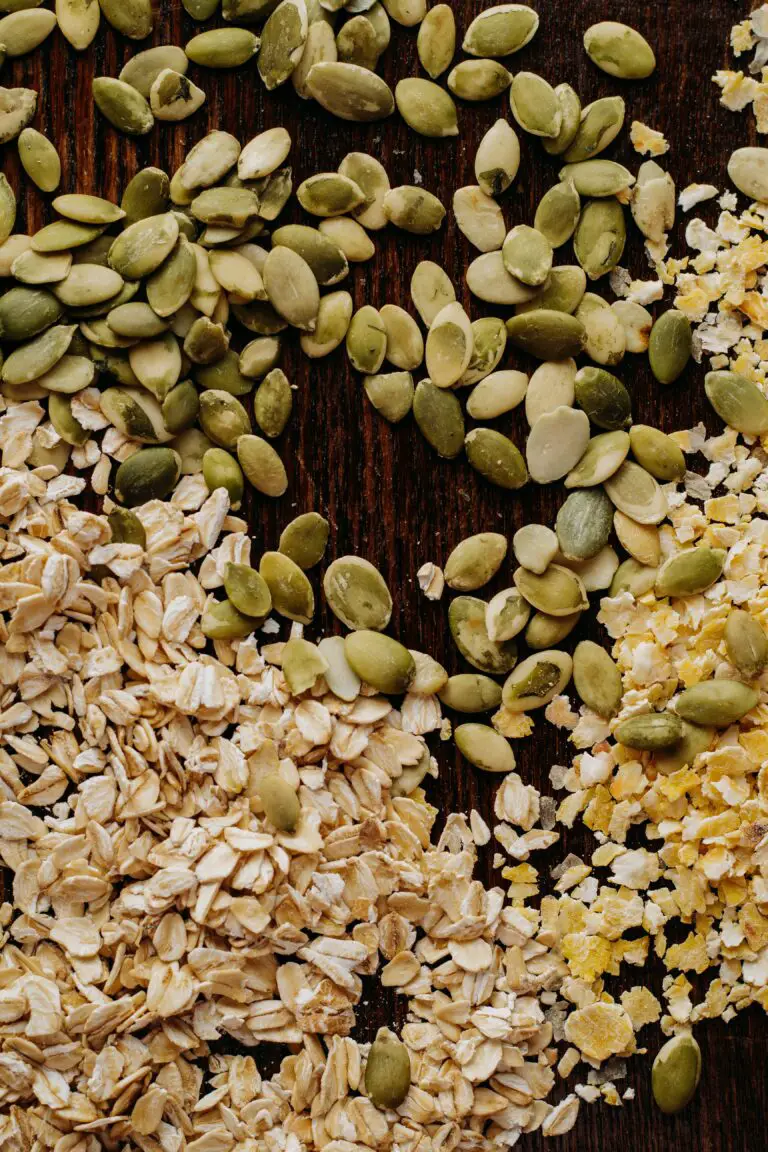
Remember, friends, seed propagation is the long game, a labor of love that asks for perseverance and rewards generously with satisfaction. Each seed you plant is a narrative of growth, a tiny life story unfolding beneath your watchful eye and tender care. That is the magic of growing Echeveria agavoides from seeds!
Water Propagation: Myths and Methods
Let’s dive into a topic that’s rippling through the succulent community—water propagation. It’s a subject shrouded in controversy and teeming with myth. But fear not! We’re here to clear the murky waters and reveal just how it can be a game-changer for your Echeveria agavoides collection. Imagine taking a single leaf, a piece of nature’s perfection, and giving it a new lease on life in a clear vase of water. The transformation is almost magical, but there’s a science to why and how this works for particular succulents like Echeveria agavoides.
Take Sam, a seasoned gardener, who after countless trials found that his Echeveria agavoides flourished when water propagation was done just right. He places a healthy leaf in a shallow container filled only to the brim with water. The bottom of the leaf barely kisses the water’s surface, avoiding submersion and the dreaded rot. Within weeks, tiny pink roots reach out, a testament to this method’s success—when applied correctly.
Yet, for every Sam, there’s a skeptic. Some enthusiasts argue that succulents and water go together about as well as oil and vinegar. They’re not entirely wrong—excess moisture is the kryptonite of most succulents, leading to root rot and a one-way ticket to plant heaven. However, what they might not appreciate is that water propagation, contrary to popular belief, doesn’t mean a constant soak. It’s a delicate balance of humidity and exposure, a tightrope that Echeveria agavoides can walk under the guidance of a careful gardener.
Embracing the Water Technique
Now, let’s explore the method itself. It’s not complicated but requires patience and precision. Fill a container with clean water, ensuring it’s just enough to moisten the very tip of the leaf or cutting. Place the container in a bright area, with indirect sunlight being the sweet spot. Change the water weekly to maintain freshness and prevent bacterial growth, which can foil your propagation efforts. With this method, rooting can be observed without the risk of soil-borne diseases, offering a clear view of your plant’s progress.
Still unsure? Let’s watch a seasoned expert in action and perhaps convert the cynics into believers. This video showcases the nuances of beheading an Echeveria—a method where water propagation plays a crucial role in nurturing new growth.
As we’ve seen, water propagation is not a myth but a method. It’s a testament to nature’s resilience and the gardener’s finesse. With these insights, you may find your Echeveria agavoides thriving in an aquatic nursery where new roots herald a future of robust, succulent growth. Embrace the method, dispel the myths, and watch life unfurl in the simplest of elements: water.
Care Tips for Propagated Echeveria
Are you on a quest to ensure your Echeveria agavoides starts its life on the greenest of thumbs? Well, let’s turn those thumbs even greener with practical care tips that will make your succulents the envy of plant enthusiasts everywhere! Buckle up; it’s time for a crash course in succulent success.
Light: The Make or Break Factor
When it comes to Echeveria agavoides, light is non-negotiable. Imagine your succulents are sunbathers at a beach; they crave those rays! But not just any light—bright, indirect sunlight is the golden ticket. Think of that spot in your home where the sun filters through sheer curtains. That’s your Echeveria’s new best friend.
Watering: The Art of Moderation
Watering is like the dating scene of plant care; it’s all about finding balance. Too much attention? You’ll drown those delicate roots. Too little? They’ll be left high and dry. Here’s the pro tip: wait for the soil to dry out completely, then water thoroughly until it drains out. This ‘soak and dry’ method is the plant equivalent of buying flowers on the first date—just right.
Soil: The Foundation of Growth
Choosing the right soil for your propagated Echeveria agavoides is like finding the perfect pair of jeans—it needs to fit just right. A well-draining soil mix designed for succulents or cacti is like that favorite pair of denims—comfortable yet supportive. Why? Because succulent roots despise being wet for too long. It’s their pet peeve.
Remember, it’s these simple yet effective care strategies that will see your Echeveria agavoides not only survive but thrive. Speaking of thriving, take a peek at this engaging video. It’s packed with visual care tips that give your green beauties that extra edge for robust health.
${embed_code}
Harness these care tips as you embark on your echeveria agavoides propagation journey. With just the right amount of light, precision watering, and the ultimate soil home, your succulents will be booming with vitality. And when friends marvel at your green haven, you’ll have these secrets to thank for it!
Troubleshooting Common Propagation Issues
Have you ever met a passionate gardener who didn’t gush about the joys of propagation? It’s like having a green thumb equivalent of a fairy tale—except, of course, when things go sideways. And for the sturdy yet seductive Echeveria agavoides, sometimes the path to propagation isn’t all sunshine and perfect rosettes. But fear not, I’m about to walk you through the murky waters of “propagation vexation” with some troubleshooting tales and tips that’ll get your succulents back on track!
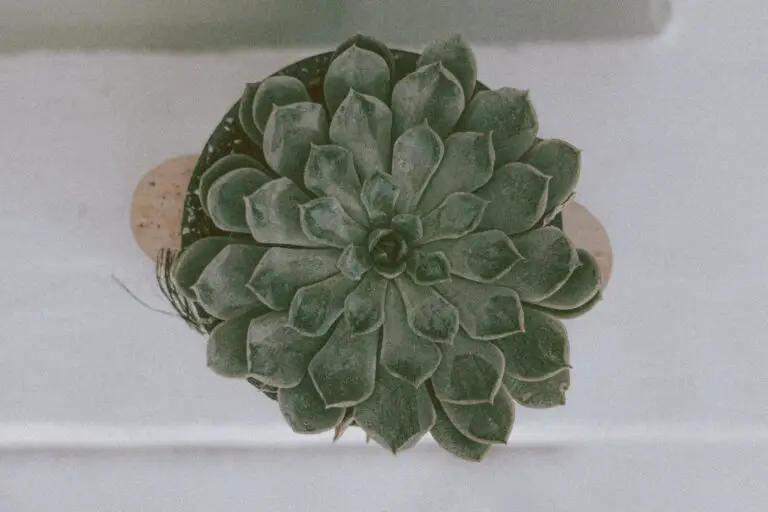
When Rot Threatens to Rain on Your Parade
Picture this: you’ve patiently waited for those tiny pink roots to sprout from your Echeveria agavoides leaf cuttings, and then—disaster strikes. Rot, a sneakier opponent than any supervillain, sometimes decides to join the propagation party uninvited. But don’t throw in the gardening gloves just yet! The key here is to keep your cuttings in a well-ventilated area and resist the urge to overwater. Let the soil get almost dry before giving those babies a sip. Remember, succulents are the camels of the plant world—they can go a while without water!
Stalled Growth: A Sloth in the Plant Kingdom
You’ve done everything by the book, and yet, your Echeveria agavoides cuttings are as stagnant as a pond in a heatwave. It’s frustrating when growth stalls, and it might feel like you’re rooting for a team that’s not even playing. But consider this: maybe your green protégés are requesting a change of scenery. Succulents love their sunshine, so try moving them to a spot where they can bask in indirect light. Too little or too much of that golden glow can lead to a full stop in the growth department.
With these tips firmly rooted in your mind, you’re well-equipped to tackle common propagation issues. Keep a watchful eye, provide the right environment, and reassure your Echeveria agavoides with a pep talk now and then. After all, even plants appreciate a little encouragement!

